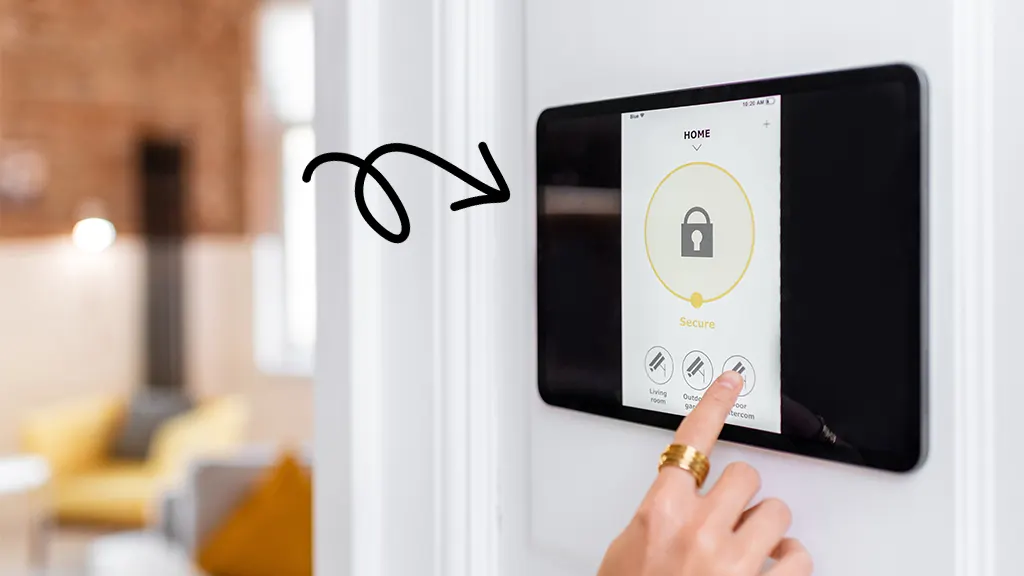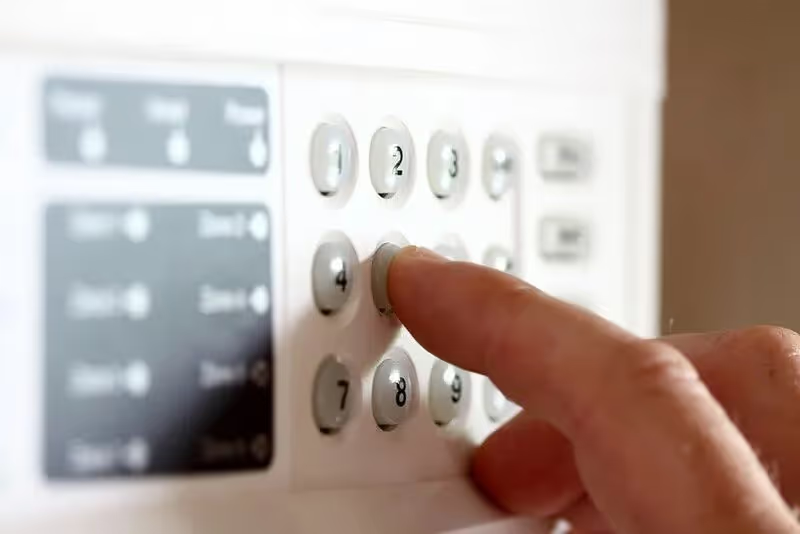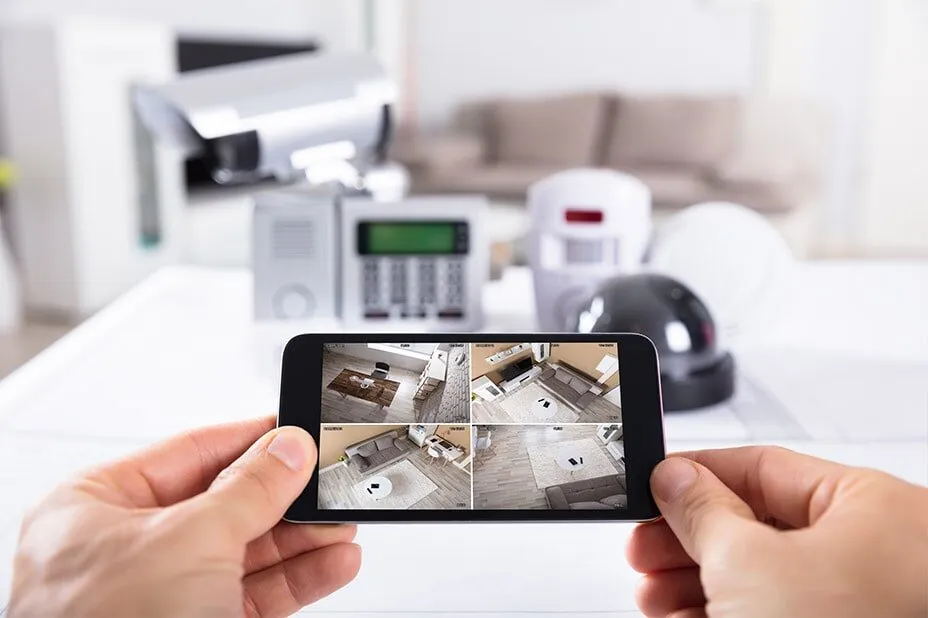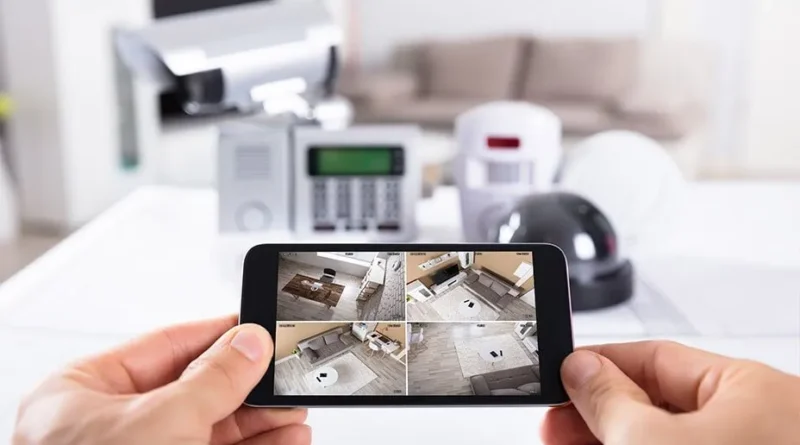Does Smart Home Security Lower Insurance Premiums?
Does Smart Home Security Lower Insurance Premiums?
Does smart home security lower insurance premiums? In today’s connected world, homeowners frequently ask: “Does smart home security lower insurance premiums?” “Does smart home security lower insurance premiums?” is a crucial question for anyone investing in modern home protection. This article explores how smart home devices can reduce insurance costs, offering a deep dive into the relationship between technology, safety, and savings.

What is Smart Home Security?
Smart home security refers to connected devices and systems designed to protect your home. These include:
- Smart door locks that can be locked/unlocked remotely,
- Smart cameras that stream live footage and send motion alerts,
- Smart smoke and carbon monoxide detectors that notify you instantly of danger,
- Security systems that integrate sensors, cameras, and professional monitoring.
These solutions can often be controlled via smartphone apps, giving homeowners real-time control and awareness.

How Smart Home Security Impacts Insurance Premiums
Evidence of Reduced Risk
Insurance premiums are primarily based on risk. When insurers see that a home is better protected, they may offer lower premiums. Here’s how smart home security helps reduce risk:
- Early Fire and CO Detection: Smart detectors notify you even when you’re away, mitigating fire or CO incidents before serious damage occurs.
- Theft Deterrence and Monitoring: Cameras, motion sensors, and connected alarms make burglaries less likely.
- Immediate Alerts: Real-time notifications about water leaks, broken windows, or forced entry can trigger immediate action.
By addressing these risks proactively, smart home devices help insurers reduce anticipated claim payouts, which can translate into premium discounts.
Typical Insurance Discounts
Most major insurers now provide smart-home-related discounts. While specifics vary, the common savings include:
| Insurance Type | Discount Range | Requirements |
|---|---|---|
| Homeowner’s Insurance | 5–20% | Verified installation of smoke/CO detectors, security cameras, monitored systems |
| Bundle Discounts | Up to additional 5% off | Installing multiple eligible devices may unlock combo deals |
| Monitoring Discounts | 5–15% | Alarm systems that send alerts to monitoring centers |
Always confirm exact terms with your insurer.
Key Smart Devices That Lower Premiums
Smart Smoke and Carbon Monoxide Detectors
Devices such as the Nest Protect or First Alert Onelink Smart Smoke + CO not only alert you but connect you to your phone and emergency services. Insurers view these as strong safety measures and frequently offer discounts on homes equipped with them.
Smart Security Cameras and Doorbell Cameras
Ring, Arlo, and Google Nest Cam—these cameras provide active surveillance, cloud recordings, and integration with broader security systems. When insurers see visual deterrents and recording capabilities, they often reward homeowners with lower rates.
Smart Door Locks and Sensors
Providers like August and Yale offer keyless entry and intrusion detection accessories. These devices contribute to a higher level of access control, reducing theft risk and qualifying for premium discounts.
Monitored Systems
Home security systems with 24/7 monitoring (e.g., SimpliSafe, ADT, Vivint) coupled with emergency dispatch reduce response times. Insurers often value these systems highly and apply notable discounts.

How to Qualify for Insurance Discounts
Verify Eligible Devices
Not every smart device automatically qualifies for discounts. Here’s how to make sure:
- Insurance Checklist: Ask your provider for a list of qualifying devices.
- Professional Installation: Some insurers require certified installation or proof of operation.
- Documentation: Keep purchase receipts, installation proof, and user-provided certification.
H3: Claim Your Discount
Once devices are installed:
- Submit all Documentation: Send purchase invoices, installation reports, and device model specifics.
- Annual Confirmation: Some insurers may verify device functionality yearly.
Stay Vigilant
Insurance discounts are tied to having operational systems:
- Maintain Your Devices: Replace batteries promptly and keep firmware updates current.
- Notify Insurer of Changes: Let them know if any device is replaced or removed to maintain eligibility.
Cost–Benefit Analysis

Upfront Costs vs. Long-Term Savings
- Smart Smoke/CO Detector: $60–$130 per unit
- Smart Doorbell Camera: $120–$250
- Security Camera: $100–$300 per unit
- Monitored Security Systems: $200–$700 upfront + $15–$50 monthly fees
Calculating savings:
- Install two smart detectors (
$200), one camera ($200), and one smart lock (~$150): total cost ≈ $550. - If your insurer gives a 10% discount on a $1,200 annual premium, you save $120 per year.
- You’ll recoup your investment in under 5 years—plus you benefit from enhanced protection.
Beware of Hidden Costs
- Subscription Fees: Many devices charge for recording features.
- False Sense of Security: Devices must be properly set up and maintained to work effectively.
Real-World Examples

Homeowner Stories
- Prevented Fire Incident: A smart detector notified a homeowner of a smoke buildup during a cooking mishap while they were away—claim avoided.
- Burglary Prevention: A doorbell camera alerted police to a stranger at the door; the burglar fled before entering.
- Homeowner Statement: “Installing smart detectors and cameras earned me a 12% discount—and when the fire alarm went off while I was on vacation, I avoided a total loss.” – Verified user review
Insurer Policies
- Large Insurers: State Farm, Allstate, and Progressive publicly list smart home systems as eligible for their home insurance discounts.
- Insurer’s Reasoning: They state that “these devices create a barrier to losses and reduce severity of incidents,” leading to lower overall claims.
Limitations & Things to Know
Not a Guarantee
- Discounts depend on insurer, policy, region, and device type.
- Some providers cap the maximum discount or require multiple qualifying devices.
Privacy Considerations
Smart cameras raise privacy concerns—be sure to set strong passwords, enable two-factor authentication, and comply with neighborhood recording laws.
Connectivity Issues
Systems reliant on Wi‑Fi or cellular networks may fail during outages. Consider backup systems or battery backups.
DIY vs Professionally Monitored Systems

DIY Systems
- Pros: Lower upfront cost, typically no monthly fee, customizable.
- Cons: May lack professional monitoring—discount eligibility varies by insurer.
Professionally Monitored Systems
- Pros: 24/7 emergency response, faster handling, often your best chance at maximum discount.
- Cons: Monthly monitoring fees.
Frequently Asked Questions (FAQ)
Does smart home security guarantee lower premiums?
Not always. Insurers vary greatly; verify specific devices and discount conditions with each provider.
Can existing policies be retroactively discounted?
Yes. Provide proof of installation to your insurer to update your policy and savings.
Which device offers the highest discount?
Monitored systems often qualify for the largest discount (10–15%), while standalone smoke detectors or cameras offer 5–10% savings.
Do these devices protect against all risks?
They help significantly, especially for fire, theft, and CO. However, floods, earthquakes, and many liability issues require additional coverage.
Best Practices to Maximize Savings
Combine Multiple Devices
Stack discounts by installing qualifying devices across categories (e.g., smart lock + sensors + monitored system).
Stay Updated
Install latest firmware and keep devices functional; some insurers verify annually.
Bundle Insurance
Combine home and auto policies—bundles often yield additional savings.
Shop Around
Compare different insurers. Discounts and policies differ, so switching may yield better rates.
The Future of Smart Home Insurance
Telematics and Risk Assessment
Insurers are exploring data-driven models—smart devices might soon create personalized insurance rates based on how responsibly you manage your home.
Dynamic Premiums
Continuous monitoring could lead to real-time premium adjustments. Homes with perfect safety records may pay lower monthly rates.
Integrated Services
Some insurers offer smart home devices as part of their insurance package—Blending technology and coverage into one easy ecosystem.
Summary
Investing in smart home security systems often leads to reduced insurance premiums. While results vary, most homeowners who install qualifying devices—like smoke detectors, cameras, smart locks, and monitored systems—can expect savings between 5% and 20%. When cost, quality, and long-term value are considered, smart home security isn’t just about protection; it’s a financial investment too.
Steps for homeowners:
- Research which devices your insurer rewards.
- Purchase and install devices per guidelines.
- Document and submit proof to your insurance company.
- Maintain devices and policy compliance annually.
- Shop around to ensure you’re receiving the best possible discount.
By aligning your home’s tech upgrades with your insurer’s parameters, not only do you lock the smart door, but you also unlock meaningful savings on your insurance bills.

